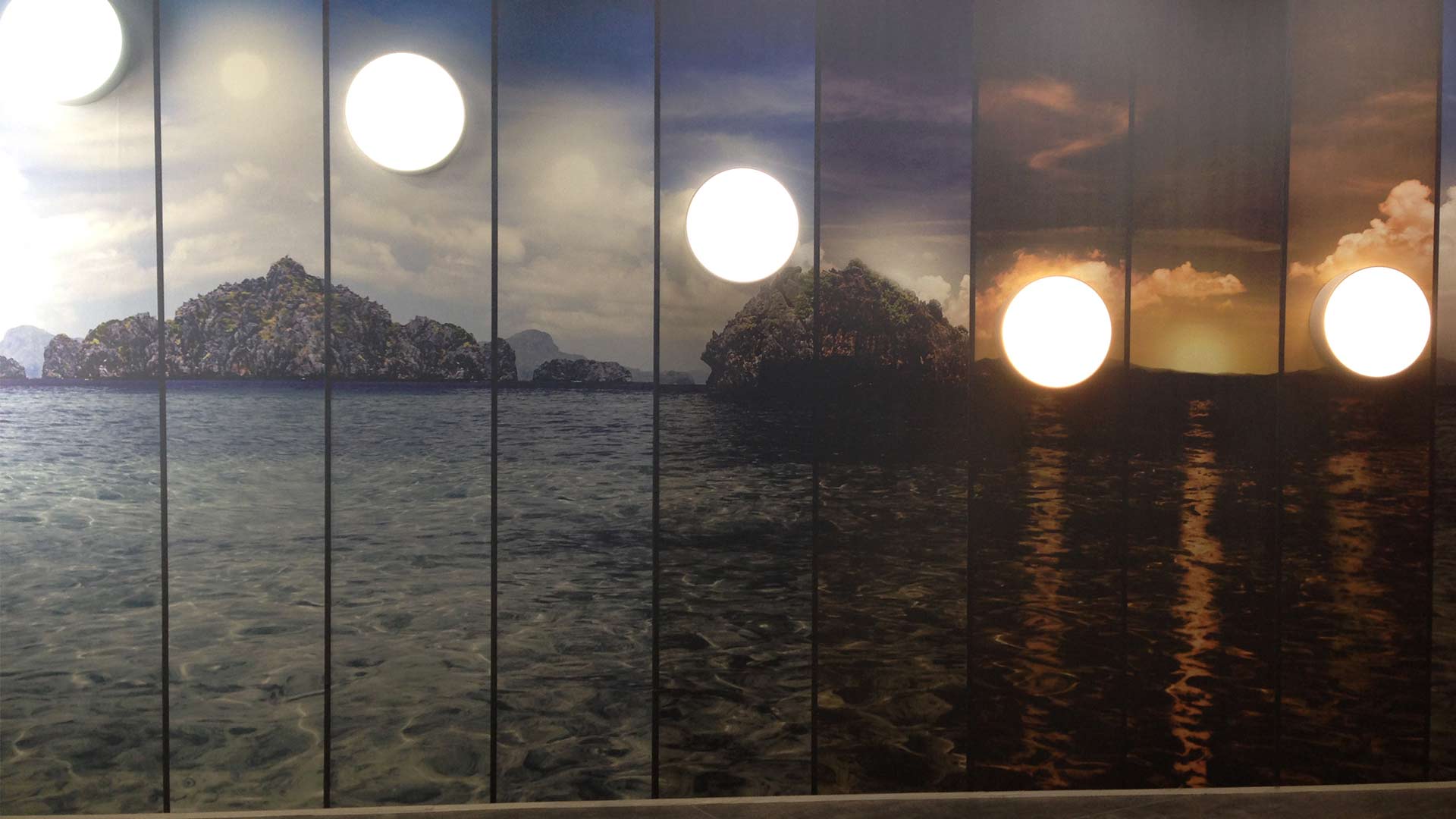Human Centric Lighting Discussion Day
“Design is about putting the right light in the right place.”
At the end of February, TRILIX Akademie UK gathered together the best minds on the topic of Human Centric Lighting (HCL) to discuss both scientific data and design observations. The first speaker to start the day was Jonathan Rush from Hoare Lea Lighting, and he discussed his comments on the human and design impacts of circadian lighting. He began by putting forward the vastness of the unknown, and introduced the topic (and the science-y words) to the audience. He spoke about “non-image forming visual functions” – that is, the other things our eyes do besides allowing us to see. One of the technical names is biophilia, and it’s about the subconscious connections we have with the world around us. He opened up the idea that although HCL is important, it’s more than just lighting that affects our rhythms in life, and left us with the idea that there’s more yet to be learnt.

Another interesting perspective introduced during the day was from Professor Debra Skene and Professor Robert Lucas, who come from a scientific standpoint of controlled research and hypothesis. Between them, they discussed the comparison of circadian rhythms with those that follow the natural sleep/wake cycle, and those who don’t – for example, people that have visual impairment/blindness, and shift workers. They also looked at the light implemented at different times during the sleep cycle in animals and the effects this can have on their sleep cycle. We found out that light outside of our normal light-dark cycle had significant affects on sleep and health, and the idea that light can dramatically change our natural rhythms was both frightening and fascinating for everyone listening. Both Professors said that their current data was limited and asked for more studies from lighting designers (for them to analyse) so they can begin to draw scientific conclusions, which could, potentially, one day become a founding for future guidance.
To round off an intense day of thinking there was a question and answer session with a panel of experts to debate the topic, with the audience throwing in a few difficult questions. One of the most challenging ideas was the difference and the weighting applied to the subjective and objective results from a lighting scheme, especially one that can potentially impact humans on a biological level – obviously very important in what we do. Whilst clinical studies can provide us with data, humans in real life situations may provide subjective and qualitative (or just plain strange) answers expressing a preference that differs from a clinical trial. Taking this forward, we, the lighting designers, need to be considerate when we think about how HCL is implemented to the advantage of a scheme, satisfying both criteria.

All the speakers from their varied backgrounds provoked and inspired us to continue to include human centric lighting within lighting schemes across all applications. One of the key conclusions I took from the day was that the knowledge cannot and should not be contained within our industry. As lighting designers, we have the responsibility and desire to provide the best solutions for the users of a space, although this can’t be achieved without our clients and also the end users understanding the importance of what we’re trying to achieve. However, when we introduce the topic to the general public it needs to be done carefully; it would be wrong to put forward the topic without the proper research and standards to back up what we say, as this could end up with mixed messages and disbelief – not what we are trying to achieve.
Overall, we need to know more. We need more open-minded design teams to encourage our clients, more scientific research and more cohesion between the science and the art of lighting to get the best possible result. Which is, after all, why we do this.
Blog post by Rebecca Hodge


